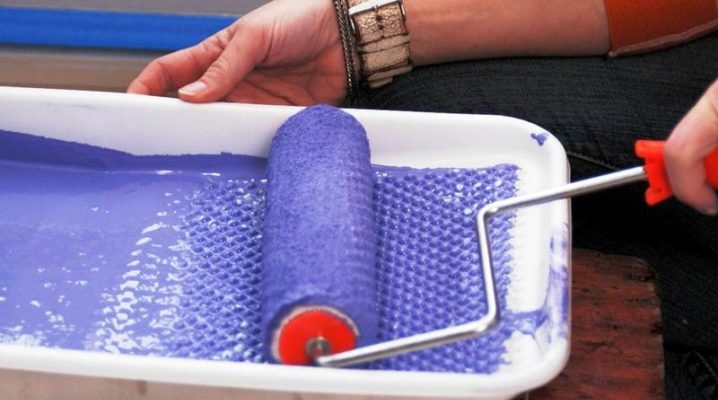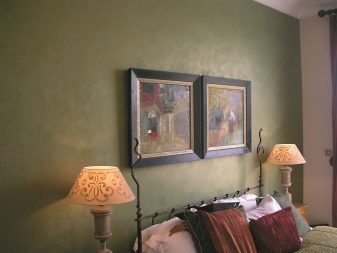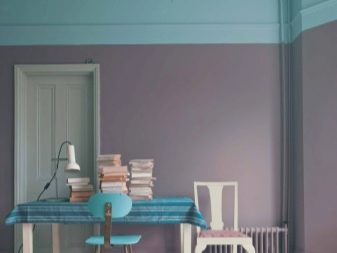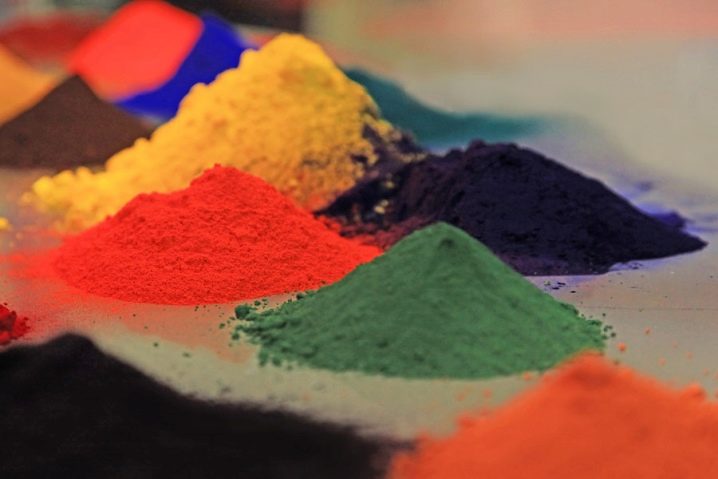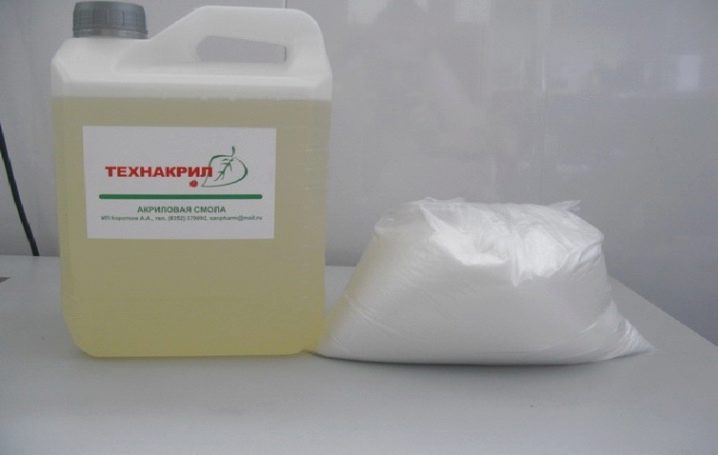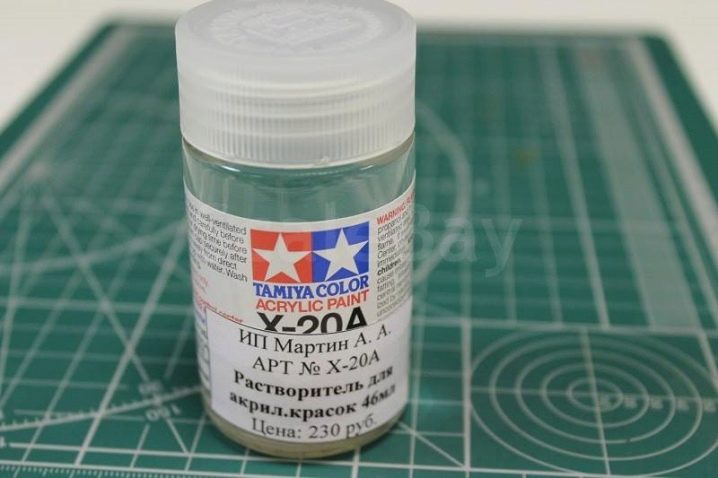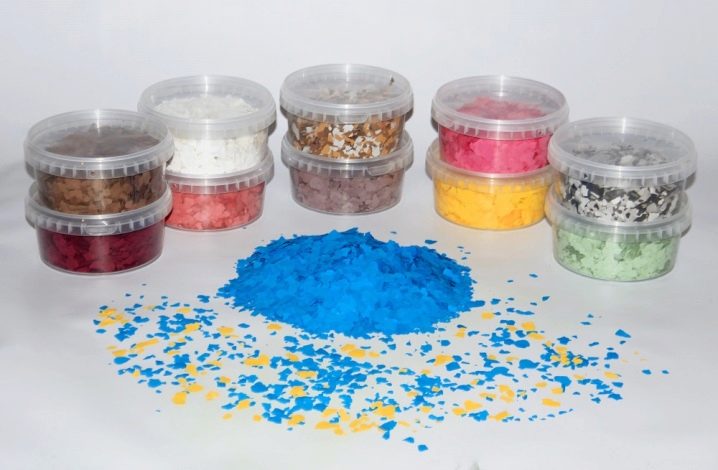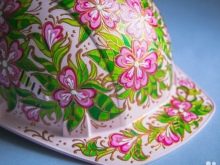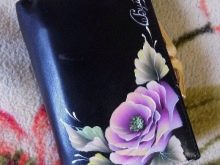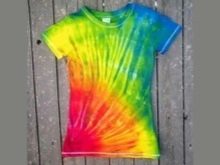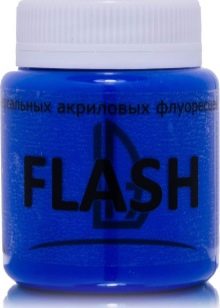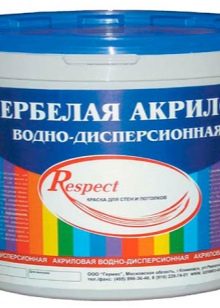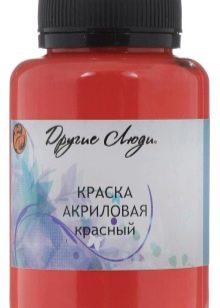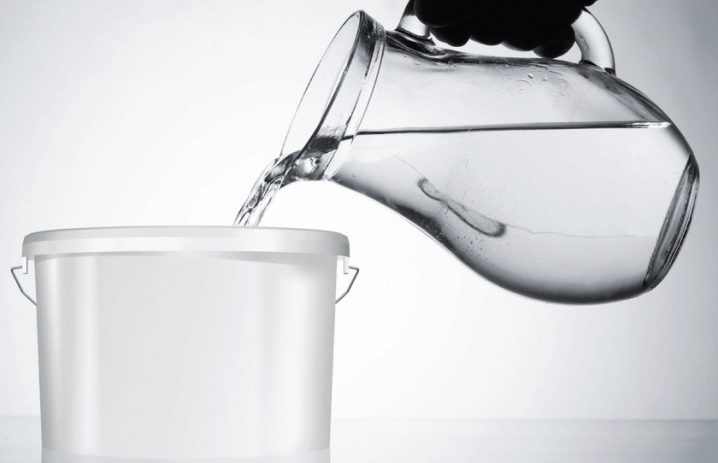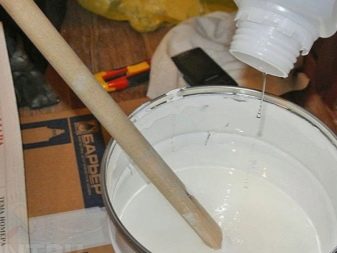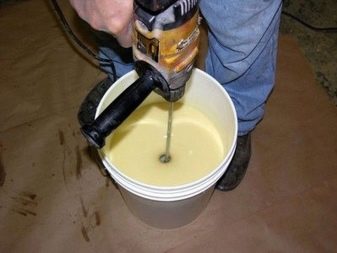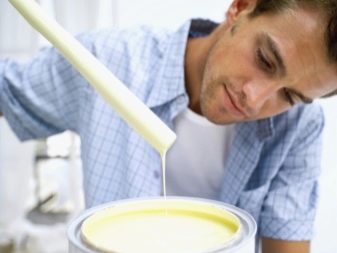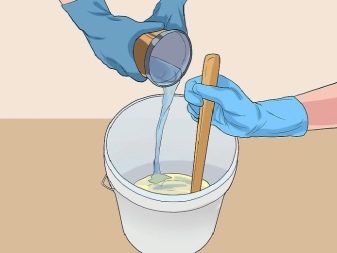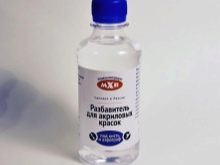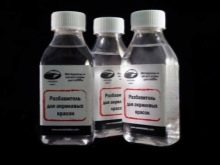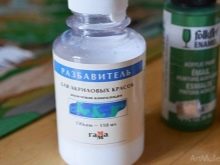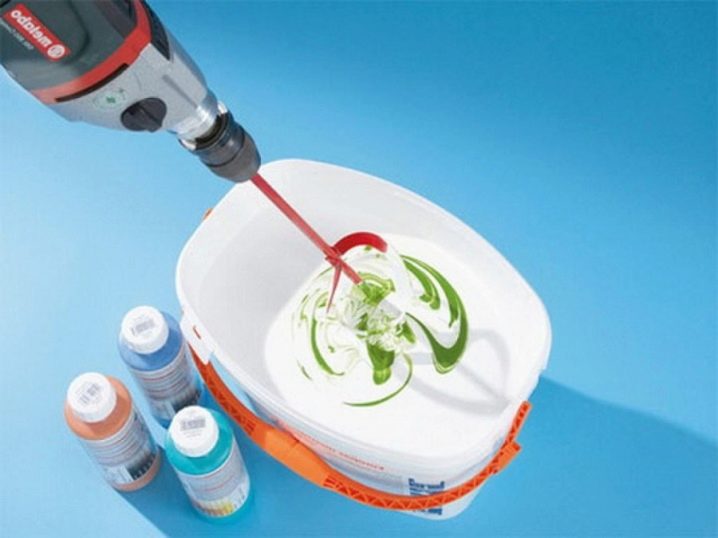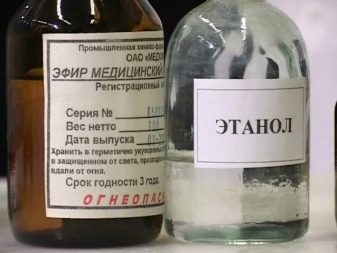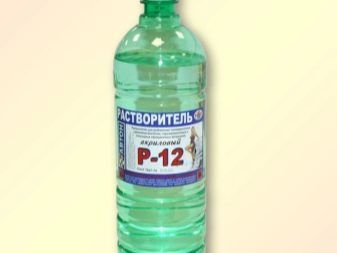What can be diluted with acrylic paint?
The use of paints in everyday life allows not only to protect the surface of the material, but also to create a unique design. The modern market offers several types of such solutions, which differ in composition and technical properties.
An important factor when choosing paint is its safety for humans. This feature has an acrylic composition, which is very popular.
Acrylic Features
Acrylic paints are a kind of water-based solutions. They are produced in the form of a thick consistency of various colors. In order to apply the solution evenly to the surface of the material, it must be diluted beforehand. Acrylic paint consists of several components:
- Dye.Pigments are different types of powder, which are crushed into very small particles. Make this element of natural or synthetic substances.
- Acrylic resin. It is used to bundle all the components together. It is the resin that, after drying, forms a durable film that holds the pigment on the surface of the material.
- Solvent. Many manufacturers use ordinary water for this. But some types of acrylic paints are made on the basis of organic solvents.
- Fillers. It uses various substances that can change the physical and decorative properties of paints. With their help acrylic give strength, durability or resistance to moisture.
The popularity of acrylic paints is due to several of their advantages:
- Versatility. With the help of acrylic can paint almost any material. These paints are not used only for several types of plastic, which almost never occurs in everyday life.
- Practicality. These solutions are applied relatively easily, so even beginners can use them. In this case, a uniform layer forms on the surface.
- Security.The paint does not emit any harmful substances into the air, as it consists of safe components. During the period of application there is no unpleasant smell, which allows working with acrylic without a respirator. The paint does not burn, which is important for domestic or industrial premises.
- Moisture resistant. Acrylic resin after drying forms a durable layer that easily repels water. Therefore, these paints can be applied even on the facades of buildings.
Causes of Drying
Thick acrylic paint is quite common, as it is produced in this form by manufacturers. But its service life is limited by time. The only reason for the drying of this composition is the evaporation of the solvent. The decrease in its concentration leads to the hardening of the acrylic resin, which at the same time begins to bind the pigment.
To exclude such a phenomenon, it is advisable to buy only the volume of the mixture that you fully use. If, nevertheless, the solution remains, try to close the lid tightly. This minimizes the evaporation of water or solvent, and it will remain inside the paint.
In the case when the paint is completely dry, you can try to revive them. This process is quite simple and involves several sequential operations:
- Initially, you need to thoroughly chop the dry solution.
- After that add boiling water to it. An alternative could be a water bath. But technically this is the same algorithm.
Please note that after the restoration of acrylic paint will lose its original properties. Therefore, it can be used only in limited places.
Features of dilution with water
Acrylic paints are a water-dispersion mixture that perfectly seizes with almost any substance. The material is different texture and color. Water as a diluent is used very often, as it is an affordable product.
The technology of dilution with water is quite simple and involves the implementation of several sequential actions:
- Initially, you need to choose the optimal proportion for breeding. It is advisable to dilute in the ratio recommended by the manufacturer. The desired amount of paint and water is drawn into separate containers.
- When everything is ready, diluent is added to the mixture in small portions and thoroughly mixed.If the volumes are large, you can use a construction mixer, which will provide a uniform consistency. When mixed, foam may form on the surface of the solution. It is possible to use paint only after it settles, and the solution becomes homogeneous.
Dissolve the paint in water should be in small portions in order to accurately control the selected proportion and achieve the desired result. It is necessary to highlight a few popular ratios that occur when mixing acrylic and water:
- 1: 1 (water: paint). This option is the most optimal and popular. Paint after mixing is thickish, which allows to obtain a uniform thick coating.
This consistency is used when it is necessary to form a base layer. A feature of the solution is the absence of clots. Sometimes paint is applied on the surface in several layers. Before re-staining, it is desirable that the base surface is slightly dried.
- 2: 1. Adding a large amount of water allows to obtain a liquid composition. It can be applied only with a roller. If you do not need such a consistency, then in order for the paint to freeze, you should leave it for a while. With this concentration, you can get a thin layer.This approach is often used in the decoration of residential premises.
- 5: 1 and 15: 1. Such proportions are quite rare. Mostly they are used by professional designers. The paint with this dilution becomes very liquid and almost transparent. With these solutions it is easy to get the effect of translucency or semitones.
Acrylic thinners
You can dilute acrylic paint with the help of special thinners. They consist of special organic solutions that can affect the structure of the substance. Depending on the degree of drying, these products are divided into several types:
- Fast They are used in cases where the paint is used at relatively low temperatures. If you dissolve the mixture with these substances, the liquid dries quickly and qualitatively adheres to the material that covers.
- Average. Optimum drying speed. It is desirable to dilute the paint with these mixtures in cases where the dyeing is performed indoors and at moderate temperatures.
- Low. Dry such solutions for quite some time. Therefore, it is recommended to apply them only in conditions with high temperature.Such mixtures reduce the risk of rapid evaporation of water, as well as the risk of cracking. For the paint to dry, it takes time to form a strong bond on the surface of the film.
Making a solution of paint and solvent is quite simple. The main thing here is to add the right amount of thinner and mix thoroughly. When mixing, you need to clarify the proportion that must be specified by the manufacturer on the package.
Please note that in this way you can also apply a color that can change the color palette of the paint. It is advisable to do this very carefully, as it is unlikely that it will be possible to restore the previous color.
What else can you use?
Acrylic paint has unique properties, so it is undesirable to use universal solvents with it. Many in the network recommend replacing water with acetone or a primer. But this approach does not always give a positive result, since substances can lead to coagulation of paint. If you still want to use this product, then it is advisable to first mix a small amount of paint and apply it on the test surface. When the mixture is dry, you should check the strength of the film.Sometimes this ratio can lead to the fact that the top layer will be washable, and it does not make sense to use it on the street or in the bathroom.
Alternative mixtures for diluting all water-based paints can only be alcohol and ether. But they can also have different effects on the consistency of the paint.
If the products have thickened, you can try to dissolve it with vodka. It is important to do this gradually, as a large amount of alcohol will change all the parameters of the solution.
There are also universal and artistic thinners. The latter type of product is used by artists in the design of stained glass windows, decorative walls, and so on. But it should be understood that all of them contain chemicals in their composition, which are also present in specialized solutions for acrylic paints.
How to make a solvent for acrylic paints with your own hands, see below.
Useful recommendations
Acrylic solutions are quite demanding to use. Therefore, when working with them, you should consider a few simple rules:
- Do not dilute the color over the entire volume of the solution. Use only the quantity needed for painting.If you leave the colored mixture, it dries quickly, and it will be difficult to recover.
- Acrylic blends should be stored in a cold place, but at temperatures above +5 degrees. The warm room also contributes to the rapid evaporation of the solvent and thickening of the liquid.
- Dilution water should only be used cold and clean. Many experts recommend bringing the temperature of the liquid to room values. Do not use water that contains a large amount of chemical or mechanical inclusions.
- To evenly apply the solution, use the spray gun. They allow you to control not only the thickness of the layer, but also the quality of the coated surface.
- Before diluting products, be sure to read the instructions, where it is indicated with the help of which types of liquids you can dissolve specific products.
Dilution of acrylic paint is a relatively simple process, requiring only the correct choice of solvent and exact proportions.
